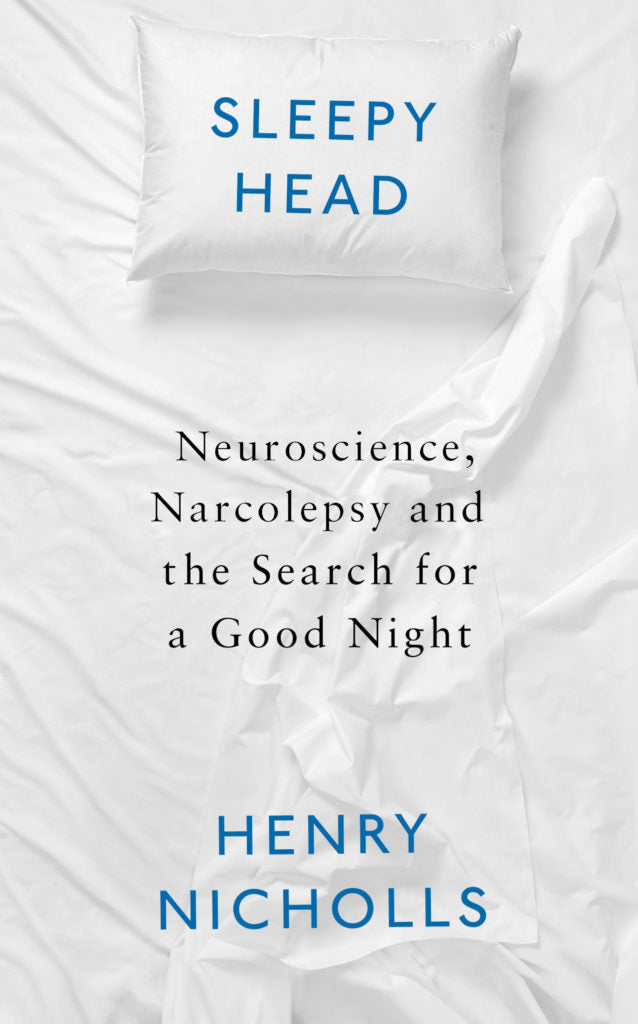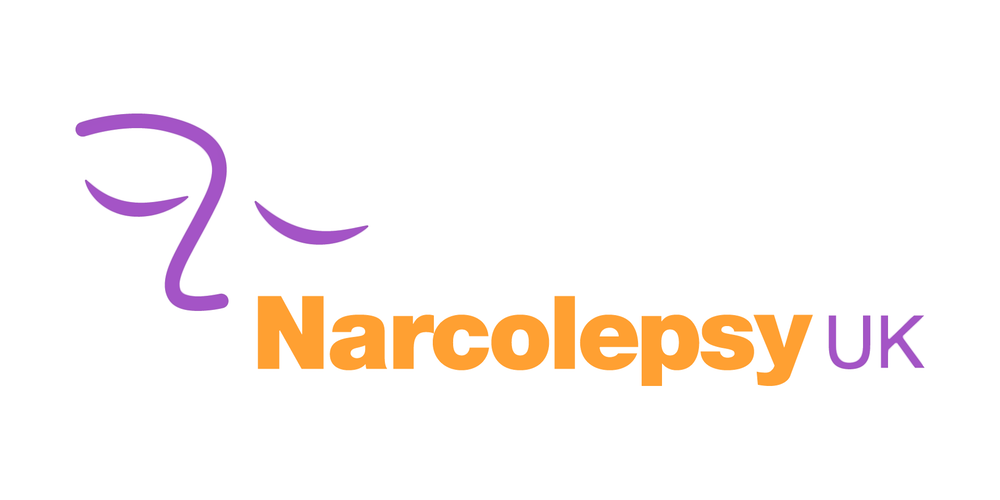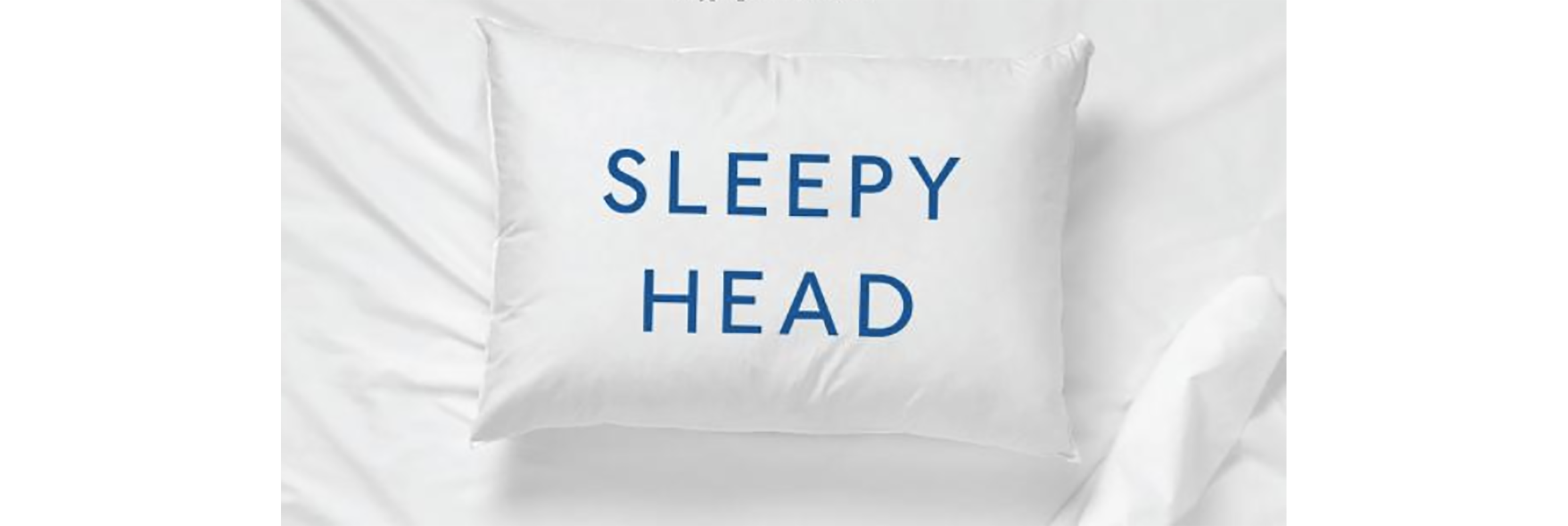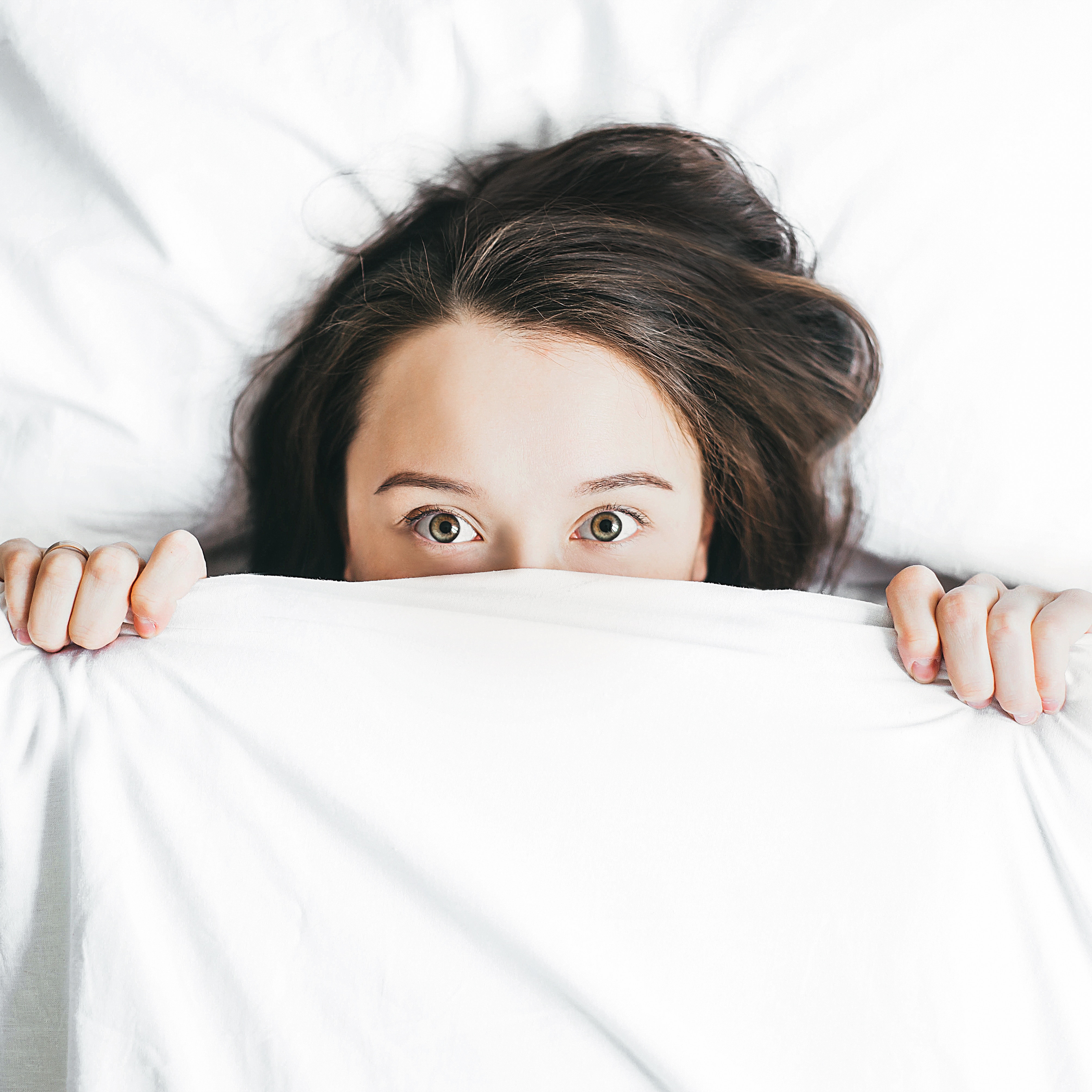Dee-Dee couldn’t leave his bedroom.
After being diagnosed with cataplexy – a condition that often manifests itself in the sudden loss of muscle control due to strong and/or pleasant emotions – Dee-Dee was determined to do everything in his power to prevent sudden cataplexy episodes. After all, however ‘funny’ onlookers may find somebody suddenly buckling at the knees and falling to the floor, this wasn’t a joke for Dee-Dee. And due to the lack of options available to him in the form of treatment, avoiding his triggers was all he could do. Thus, hanging with friends or telling jokes, had become incompatible with the person Dee-Dee wanted to be. “I learned to control my emotions. I became a fake person.”
Dee-Dee had been in love once, and only once. During that time, he experienced as many as 50 attacks per day, triggered by the highly-emotive, often euphoric sensation of ‘love’.
It was then however, whilst making love with his girlfriend, Dee-Dee experienced an attack, suddenly becoming paralytic and falling onto his girlfriend’s body. Unable to move, but still fully-concious, Dee-Dee had unintentionally trapped his girlfriend beneath his weight.
Horrified, scared and with little hope, Dee-Dee and his girlfriend went to the doctor, asking for something to prevent what some have labelled as “orgasmolepsy”. But without answers, Dee-Dee began to form a barrier, moving further away from those that loved him. For Dee-Dee, cataplexy had seemingly “robbed him of his capacity to love,” and without the ability to perform a relatively basic human function, let alone his ability to socialise with friends, Dee-Dee was sure that he would never be able to love again.

Talking to Henry Nicholls, it’s obvious that experiences such as Dee-Dee’s are far from isolated, and are particularly common amongst those suffering from a condition such as cataplexy or narcolepsy. “There were quite a few interviews throughout this process that really affected me. Dee-Dee is not alone in telling that kind of story.”
Henry Nicholls’ book, “Sleepyhead: Narcolepsy, Neuroscience and the Search for a Good Night” was originally intended as a voyage of discovery into the world of narcolepsy – a world Henry knew only too well. Having been diagnosed with the chronic neurological condition over 20 years ago, much of Henry’s life had been marked by battling against incessant bouts of uncontrollable sleepiness, cataplexy (a regular accompaniment to narcolepsy), sleep paralysis, hallucinations and fractured, night-time sleep.
Perhaps demonstrative of the stigma regularly experienced by those with narcolepsy, the condition is perhaps best described as a disorder of the central nervous system, rather than a sleep disorder, due to the nature of its underlying cause. For instance, there is now overwhelming evidence that narcolepsy is the result of an autoimmune attack, in which the body’s immune system wipes out tens of thousands of neurons located in the hypothalamus, the structure responsible for much of the body’s most basic operations, including maintenance of our circadian rhythm. Those neurons however, are the only cells that can produce “orexins” or “hypocretins”, the neuropeptide that regulates arousal, wakefulness, and even appetite. And unfortunately for those suffering from narcolepsy, getting those hypocretins back isn’t easy.
However, following various discussions with his agent and publisher, Henry soon realised that a bigger, broader book, that delved into other sleep conditions and the sleep world more generally, would have a bigger, broader appeal.
As a result, Sleepyhead represents a successful attempt by Henry to provide a concise, readable and scientific overview of the sleep disorders most prominent within society, as well as sleep in general. And as the story of Dee-Dee powerfully demonstrates, sleep enthusiasts are finally presented with the opportunity to see beyond merely the name or symptom(s) of a sleep disorder, and realise the real-world, detrimental effects such conditions can have on a person’s very state of being.
Of course, sleep deprivation isn’t restricted to those with a sleep condition, and the growing prevalence of light-emitting devices and continued disruption of our circadian rhythm due to to our reliance upon artificial lighting, is certainly not helping us recapture our natural, biological rhythm.
That’s why the way in which Henry has chosen to organise his book, surveying the various sleep disorders that occur throughout society, and their causes, is so effective. It’s by illustrating the various connections – scientific, cultural and even emotional – which exists between each sleep disorder that the full extent of the damage that sleep deprivation can have on each and every one of us becomes fully-apparent. And, due to Henry’s personal experiences with narcolepsy and cataplexy for more than half his life, he possessed an unrivalled ability to empathise with each of his interviewees, even when discussing sleep disorders he hasn’t directly experienced.

I have to be honest however.
Finishing Sleepyhead left me somewhat unsettled. All around us, sleep is being jumped upon as enormously important to our general well-being. And rightly so. Yet, it’s important to remember that this is long-overdue. Until very recently, sleep has been dramatically undervalued, and consequently, under-researched.
I’ve spoken elsewhere about the sad and numerous effects of sleep disorders – in particular, obstructive sleep apnoea (OSA) – and to have someone finally speak candidly, and in an understandable manner about the science behind sleep disorders, and the real-life effects of sleep deprivation, was immediately welcomed.
Henry has interviewed some of the world’s most influential sleep scientists, allowing us to gain an unprecedented insight into not only what we know, but also, what we don’t know about sleep. Professor Emmanuel Mignot for example, the person internationally recognised for discovering the cause of narcolepsy, tells of the significant difficulties he was required to overcome in order to locate the gene responsible for canine narcolepsy. After all, imagine the task of breeding narcoleptic dobermans – dobermans which would often succumb to a cataplexy episode mid-coitus / orgasmolepsy. But even now, how to cure narcolepsy, and restore the hypocretins remains out of reach for researchers.
And then there’s Jim Horne, previous head of the Loughborough Sleep Research Centre at Loughborough University in the UK, whose work prompted the UK government to introduce the signs we now see on Britain’s roads stating, “Tiredness kills. Take a break.” And yet, despite that, there are still more fatal accidents associated with falling asleep at the wheel than with alcohol.
I was diagnosed with obstructive sleep apnoea when I was 18 years old. I had spent over three years trying to persuade various GPs, sleep specialists and consultants that something was happening during my sleep that was preventing me from reaching my full-potential at school, at work, and throughout life in general.
Since then, I have attempted to answer the question, “Why did it take so long?”, often concluding that it was my fault, for not making the case adequately enough to the various doctors that this problem wouldn’t be sorted by sticking a tennis ball in the back of my t-shirt before going to bed etc.
Following Henry’s book however, I can finally conclude that it was not entirely my fault. Of course, it was partially my fault for not knowing enough about sleep, and the various symptoms to look for when considering sleep disorders. But it was also, society’s fault, due to its lack of respect for an activity as fundamental to human health as high-quality rest, and its dated perception of ‘sleep’ and ‘sleep disorders’.
For example, most (if not all) of the time, sleepiness isn’t the result of laziness. Nobody likes to feel their eyelids determined to droop over their eyeballs. Nobody likes to be in the midst of a social gathering, struggling to stay upright, and maintain concentration during a conversation with a best friend. And nobody wants to be sat at their school/university/work desk, struggling to keep their head-up.

Nor are sleep disorders reserved for the overweight/obese, older members of society. Narcolepsy is for example, typically diagnosed in the second or third decade of one’s life, and even obstructive sleep apnoea, is gaining greater traction as a condition anybody can develop, whether young and healthy or old and obese.
Sleep deprivation causes various problems, whether physical, mental or psychological. But only now, are we beginning to realise the significance of sleep when considering our mental and psychological health. Narcolepsy is a spectrum disorder, and to elaborately detail the range of possible effects that the condition can have on one’s life would be near-impossible, especially whilst exploring numerous other sleep disorders.
What Sleepyhead does provide however, is an objective yet, emotional account of what sleep deprivation can do to a person. Loneliness, accompanied by immense feelings of inadequacy and a lack of understanding from friends/work colleagues/employers often make living with a sleep disorder so much harder than it has to be.
As Henry writes, treatments do exist. For those with obstructive sleep apnoea for example, they can use a CPAP or continuous positive airway pressure device. And for those with narcolepsy, treatments are gradually being developed, despite most of the medication available having existed prior to the discovery of orexins or hypocretins. As a result, until cures are finally discovered, challenging the stigma attached to sleep should remain a top priority in the cultural landscape currently dominated by self-care and lifestyle.
This book is therefore, a first step. By shedding a light on the most disabling-end of narcolepsy, of cataplexy, of sleep apnoea and so forth, Henry has provided a voice for those that were previously ignored.
Click here to purchase “Sleepyhead: Narcolepsy, Neuroscience and the Search for a Good Night” by Henry Nicholls. And, click here to join Henry Nicholls’ Sleepyhead Facebook page, dedicated to discussions regarding sleep and sleep disorders.







